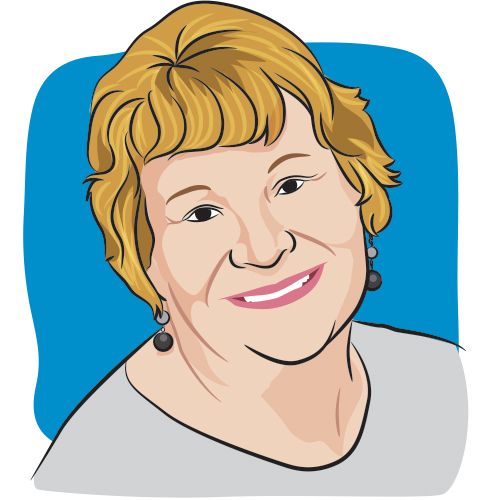Article
Higher Cost Does Not Improve Overall Survival in Elderly Patients with MDS
Author(s):
High cost does not always mean better chances of survival for elderly patients with MDS, according to a recent study.
The higher the cost of cancer treatment does not improve the overall survival (OS) rate in elderly patients with myelodysplastic syndromes (MDS), according to a study done by Amer M. Zeidan, assistant professor of medicine at Yale University.
He and his colleagues took an extensive look at Medicare beneficiaries with MDS in the United States and determined higher cost was not linked to an improved OS rate.
“The main message is that higher spending, more cost for treatments, does not mean a better chance at outcome,” says Zeidan. “That’s important to keep in mind when patients hear about new therapies or when they talk to their doctors without knowing for sure it comes with a better outcome.”
There were more than 8,500 patients involved in the study, and all were 66 years old or older at the time of diagnosis between January 2005 and December 2011. Median age of patients was 80. Individuals were identified from the Surveillance, Epidemiology, and End Results (SEER)-Medicare.
The study authors stated that by the end of the two-year follow-up, 4,403 patients had died. The median survival of the entire group was 1.84 years. The two-year survival rates for hypomethylating agent-users (HMAs) and nonusers were 37.4 percent and 49.4 percent, respectively.
HMAs are commonly used to treat MDS and can be very expensive: Two-year MDS-related cost in 2012 was over $100,000 in all 16 states observed in the study. The average MDS-related costs over a two-year period ranged from the lowest in New Mexico at $40,793 to $78,156 in Detroit, which was the highest.
Other costs associated with MDS include blood transfusions, treatment with Revlimid (lenalidomide), erythropoiesis-stimulating agents, iron chelators, laboratory tests, hospitalizations, clinic and emergency room visits, chemotherapy and stem cell transplantation.
“We live in an era in which there has been exciting developments in the oncology world and many new therapies for cancer — and the cost of these therapies is becoming more and more,” Zeidan explains.
“This is going to be a significant impact on health care in general, in terms of cost. And it is very important to identify measures that are cost-effective. We want to be able to deliver more cost-effective treatments.”
Zeidan also reveals the findings are not just seen in MDS. He adds that higher cost and better OS rates are not linked in a number of other cancers too.
The study did list a number of limitations: the first being it was restricted to Medicare-enrolled patients. Second, important clinical variables were not available in the SEER-Medicare database such as karyotypic abnormalities, blast counts and blood counts.
Next, the cost for all drugs prescribed, costs of travel, lost income, and out-of-pocket costs were not accounted for. Lastly, researchers could not determine whether therapy choices were made by clinicians or patients.
Zeidan hopes to use the information for the future by trying to identify why there is the differences in the cost and how it can be improved.
“Identifying those areas of inefficiencies could hopefully save some cost without compromising the patient outcome,” he concluded.


